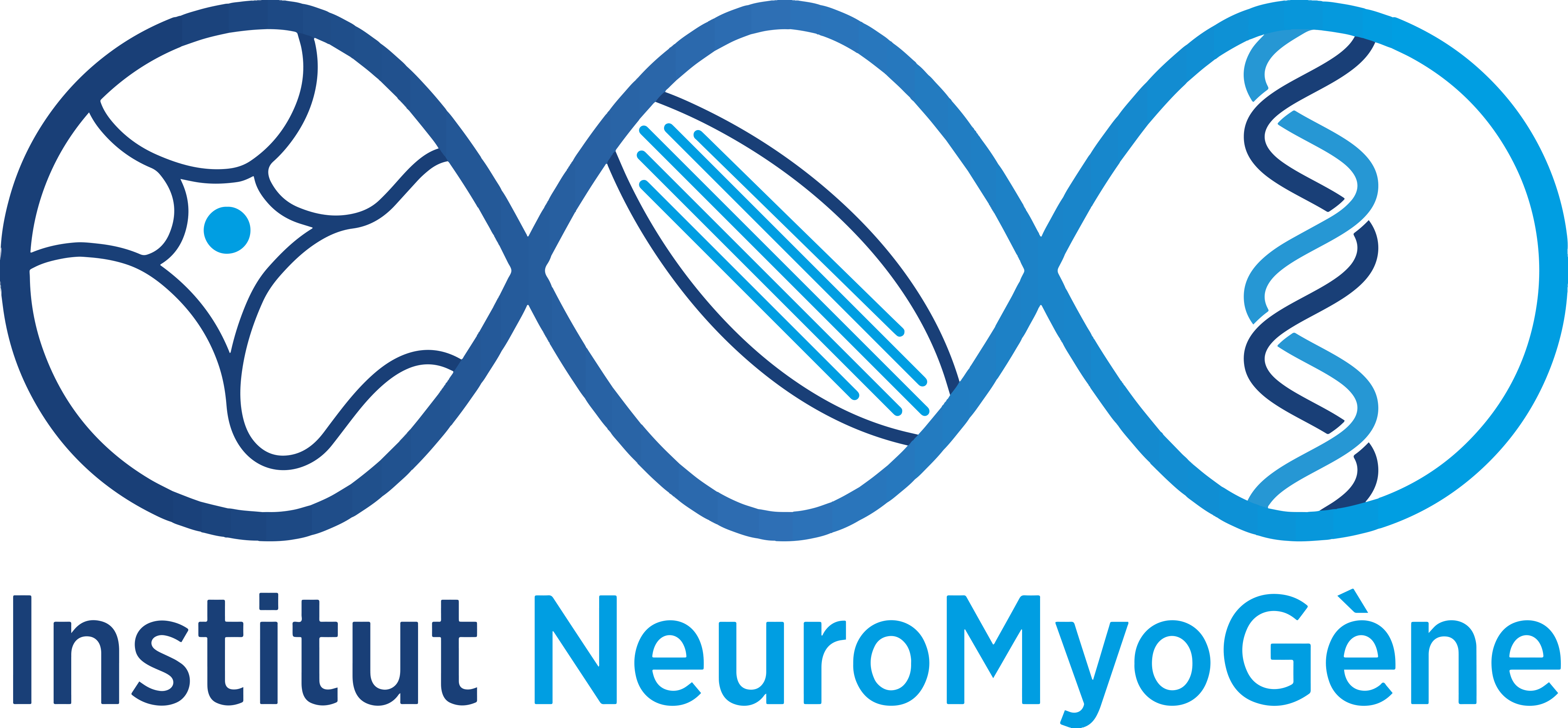Structure and Functions of the ER-mitochondria contact sites
ER-mitochondria contacts are important for maintaining cellular homeostasis, including Ca2+ dynamics, autophagy and lipid biogenesis. Previously, we identified that the endoplasmic reticulum (ER) -resident protein PDZD8 is critical for tethering the ER and mitochondria in mammalian cells including neurons (Hirabayashi et al., Science 2017). Further, we developed a pipeline for ultrastructure analysis using serial electron microscopy and state-of-art deep-learning algorithm (Suga, Nakamura et al., bioRxiv, 2021). This enabled an unprecedented electron microscopy (EM)-powered quantitative approach to organellar connectomics. Armed with these new molecular, cellular, and ultrastructural tools, we are determining the molecular mechanisms mediating the formation of ER-mitochondria contacts. These studies will provide fundamental new insights into the role of ER-mitochondria contacts and explore the possibility that organelle networks add another layer of control to numerous biochemical reactions in mammalian cells.
ER-mitochondria tethering by PDZD8 regulates Ca2+ dynamics in mammalian neurons
*Yusuke Hirabayashi, *Seok-Kyu Kwon, Hunki Paek, Wolfgang M. Pernice, Maëla A. Paul, Jinoh Lee, Parsa Erfani, Ashleigh Raczkowski, Donald S. Petrey, Liza A. Pon and Franck Polleux
Science 2017, Nov 3;358(6363): 623-630 (Research Article) * Equal contribution
An interactive deep learning-based approach reveals mitochondrial cristae topologies
Shogo Suga#, Koki Nakamura#, Bruno Humbel, Hiroki Kawai* and Yusuke Hirabayashi* (*Correspondence)
bioRxiv, 2021

